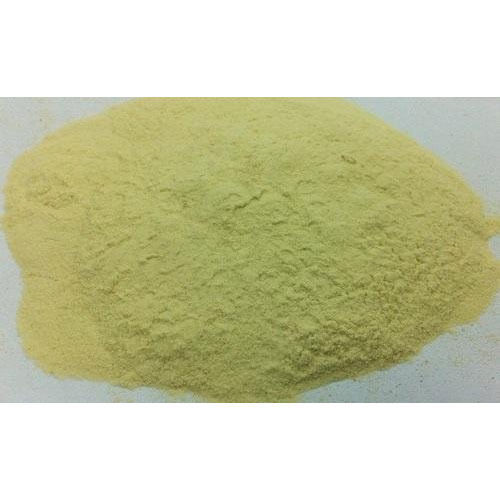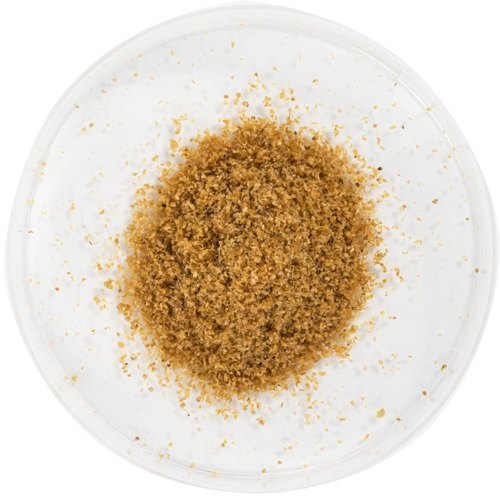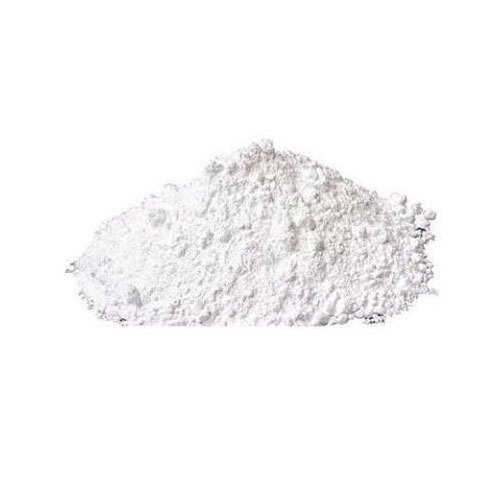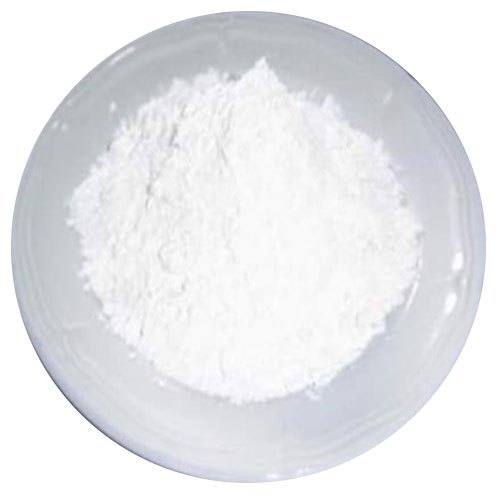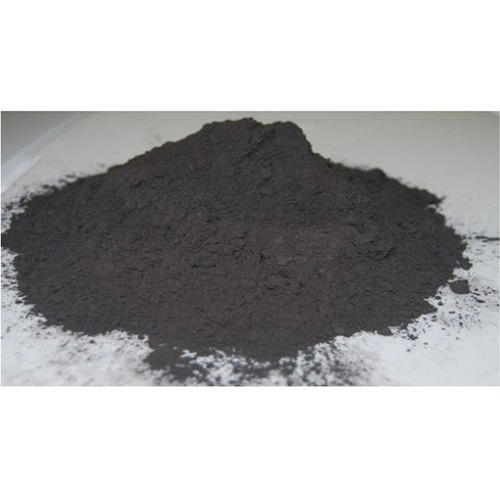Product Description
Multi Enzyme in animal feed enhances the process of digestion, increases nutrient uptake, and enables healthier growth in animals. The enzyme blend targets the indigestible components in feed to maximize feed efficiency by making the livestock get better from every meal. This would, subsequently, support gut health, which is responsible for stronger immunity and fewer cases of digestive issues, thereby contributing to better overall productivity. With an optimized feed conversion rate, the food costs decrease, making the whole practice economical for livestock farmers. Multi Enzyme is focused on being easily integrated into feeding programs while offering a reliable, quality solution for the efficient and effective meeting of nutritional demands within livestock.
Multi Enzyme Powder Solution For Poultry and Piglets Production- Multienzyme complexes are stable assemblies of more than one enzyme, generally involved in sequential catalytic transformations. These are distinct from a multienzyme polypeptide, in which multiple catalytic domains are found in a single polypeptide chain. A multienzyme complex contains several copies of one or several enzymes packed into one assembly. Multienzyme complex carries out a single or a series of biochemical reactions taking place in the cells. It allows to segregate certain biochemical pathways into one place in the cell.
Enzyme is a biological catalyst composed of proteins, amino acids with minerals and vitamins. The advantages of using commercial enzymes in poultry feeds include improved productive performance and feed utilization, minimized environmental pollution due to reduced nutrient of manure.
Enzymes, by definition, are chemicals or catalysts released by cells to speed up specific chemical reactions. This definition accounts for enzymes released in the digestive tract to aid in the digestion of food. Today, these same enzymes can be effectively manufactured and added to animal feeds. Three classes of enzymes (phytases, carbohydrases, and proteases) are typically considered for use in poultry feeds. This article will briefly discuss the purpose of each class and their applicability to poultry feeds.

 English
English Spanish
Spanish French
French German
German Italian
Italian Chinese (Simplified)
Chinese (Simplified) Japanese
Japanese Korean
Korean Arabic
Arabic Portuguese
Portuguese

